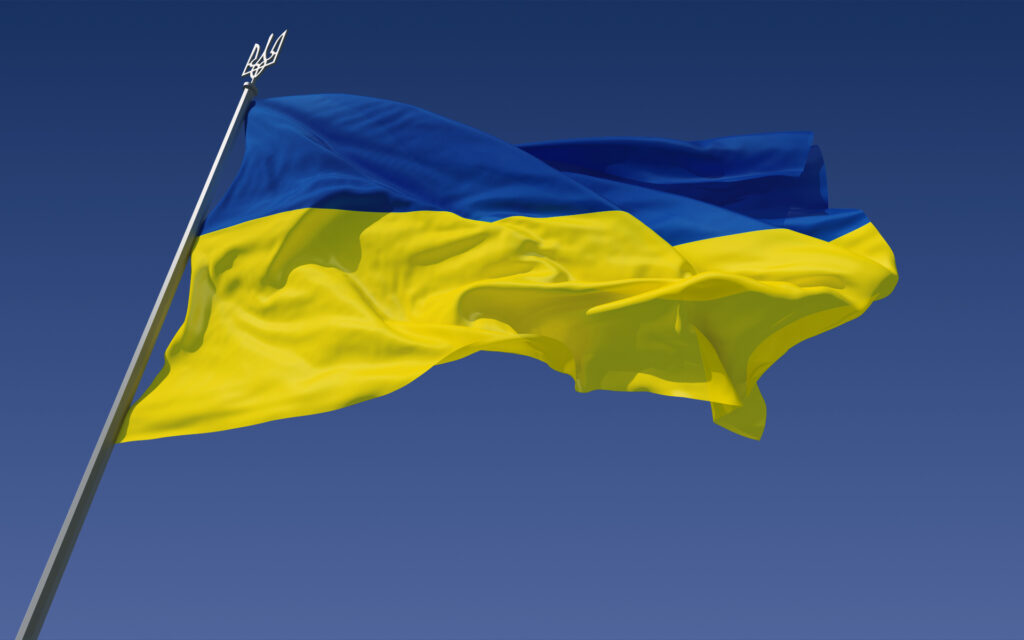Ukraine is a thriving country that is located at the nexus of Europe and Asia. As a result, it has drawn immigrants from all over the world. However, Ukraine has implemented immigration restrictions and limitations to control the entry of foreign immigrants. We shall examine the ramifications, difficulties, and prospects for these policies to promote development while protecting Ukraine’s cultural legacy in more detail in this article.

The evolution of immigration quotas and caps in Ukraine
A large number of individuals have migrated to and from Ukraine over the years, creating a complicated history of migration. Immigration laws in the nation have changed throughout time to reflect changes in the political, social, and economic environment.
Post-Soviet Union era
Early on after gaining its autonomy, Ukraine had a marked rise in migration from other former Soviet countries. This was caused by the linguistic and cultural linkages that existed between these nations. Ukraine implemented quotas and limitations to control the influx of migrants while taking into consideration links to the nation and its requirements. The limits were meant to control the overall amount of expatriates entering the country, whilst the quotas were meant to control the number of expatriates from certain nations.
Embracing a globalized world
Globalization’s development caused the country to start drawing expatriates from non-Soviet nations. Due to this, quota and cap modifications were required to build a society that was more diverse and inclusive. The quota system was changed to reflect the fact that the government understood the need to draw in talented employees from all over the world. The nation’s migration laws were also revised to match the shifting demands of the economy, with a focus now more on encouraging entrepreneurship and luring international investment.
The current framework of Ukraine’s migration quotas and caps
The immigration laws of the nation are constantly evolving to meet the demands of the country’s developing economy and society.
Expatriates from former soviet republics
To protect family ties, Ukraine has immigration limits and ceilings from nations like Russia, Belarus, and others. An understanding of Ukrainian traditions and language proficiency are additional requirements for qualifying. The nation understands the need of keeping cultural links with its neighbors while also making sure that expatriates may effectively assimilate into Ukrainian culture.
Global immigration
For proper integration and assimilation, there are strict restrictions and limitations on immigration from non-Soviet nations. To fill skill gaps in the Ukrainian workforce, the government is aware of the necessity to entice qualified employees from around the world, giving in-demand professions preference. The nation’s migration policies aim to advance economic development and progress while also fostering a more diverse and inclusive society.
Top immigration quotas and caps
The top 5 migration restrictions in the country are as follows:
- Quotas for immigrants from former soviet republics
To ensure the preservation of family ties, Ukraine has kept immigration limits and limitations from nations like Russia, Belarus, and others. This approach ensures that expatriates may effectively integrate into Ukrainian society while simultaneously acknowledging the value of preserving cultural linkages with nearby nations.
- Limited quotas for global immigration
To guarantee a regulated influx for successful absorption and assimilation, the country has set strict limits and limitations for immigrants from non-Soviet nations. To fill skill gaps in the Ukrainian workforce, the government is aware of the necessity to entice qualified employees from around the world, giving in-demand professions preference.
- Age restrictions for immigrants
Expatriates to Ukraine are subject to age limitations, with the majority of migration categories having a 50-year-old maximum age limit. With the help of this strategy, immigrants will be able to successfully assimilate into Ukrainian society and have a positive impact on the nation’s economic development.
- Language proficiency requirements
Immigrants to the country must meet linguistic criteria, with competence in the Ukrainian language being a prerequisite for the majority of immigration categories. With the help of this strategy, expatriates will be able to successfully assimilate into Ukrainian society and interact with their fellow citizens.
- Financial requirements for immigrants
Immigrants to Ukraine must meet certain financial standards, with most types of expatriates being required to provide evidence of their financial stability. With the help of this strategy, immigrants will be able to provide for their families and themselves while also advancing the economy of the nation.
Conclusion
The nation of Ukraine is committed to striking a balance between advancement and preservation, maintaining economic stability while preserving its unique cultural legacy, as seen by the migration limits and limitations in place there. These regulations are essential for satisfying labor market needs, maintaining national identity, and promoting cross-cultural harmony. To create a peaceful and inclusive society, administrative barriers must be removed and social integration must be prioritized. Ukraine should capitalize on the enormous potential that expatriates offer by enacting focused reforms and using cutting-edge tactics, advancing the country towards a successful future.
You may also find these articles helpful
Finding a job in Ukraine as an expat


